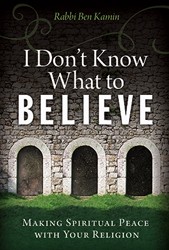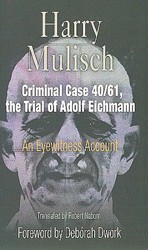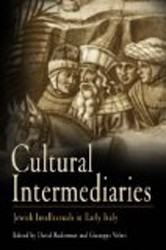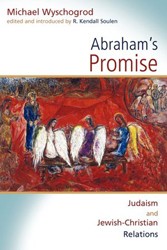This new series by the USHMM Center for Advanced Holocaust Studies uses first hand accounts of those who suffered during the Shoah, those who were the perpetrators, and those who, as bystanders, were witnesses. The book under review is the second in the series, preceded by Jewish Responses to Persecution, 1933 – 1946 by Jürgen Matthaus and Mark Roseman in 2009.
This book’s ten chapters depict the persecutory policies of the Nazis and their sympathizers and the impact on Jewish children and adolescents. It is estimated that 1.6 million children lived in areas that would fall under Nazi control. Here are descriptions of the stunned reaction of the children in the early years of persecution, as former friends turn against them. This is followed by the loss of jobs by their fathers; disappearance of friends, family, often parents; roundups and deportations; hiding and trying to outwit persecutors like wild hares dodging the hunter’s gun. Despite all this, when given a little respite and a little space, the children played! They tailored their games to their specific environment. Even the children subject to Nazi doctors’ experimentations dared to dream, to pretend to be in another place — their way of coping. Adolescents, on the other hand, were the most daring: it was they who stole out of the ghetto to bring food to their parents, who dared to steal from peasant farmers for the resistance, or to waylay Nazi trains with explosives. On the other hand, the Aryan youth, having been second-class citizens in the family prior to Hitler’s elevating them to the specially chosen, relished their new status and activities, some worshipping Hitler like a god and gobbling up the Nazi mantras.
Of course, there were some rare teens, usually from religious Christian families, who, like their parents, obeyed not Hitler, but the golden rule. They were among the rescuers.
Rescuers often had to invent new names and personalities, falsify identity papers, and manufacture histories for the children they were bringing to the homes of resistance members. The children had to remember this and act convincingly in their new roles. Convents took Jewish children, who then had to learn the prayers and ways of that religion; some had to convert. In addition to the narrative, personal testimonies by the children form the mainstay of the book: their experiences, including some horrifying narrow escapes from death. Many of these children would testify against their persecutors years later. Finally, in the last chapter, the surviving children had to decide where to go next. Surviving parents searched convents for their children. Parentless children had to be cared for. Both Jewish and non-Jewish survivors had to face the daunting challenge of rebuilding their lives. Children wondered if they should seek their families in their former homes, remain in an orphanage until someone came for them or directed them otherwise, or go to a DP camp. The Red Cross helped, and Jewish organizations such as the American Jewish Joint Distribution Committee worked nonstop. Many individual accounts are provided here. Photos.





